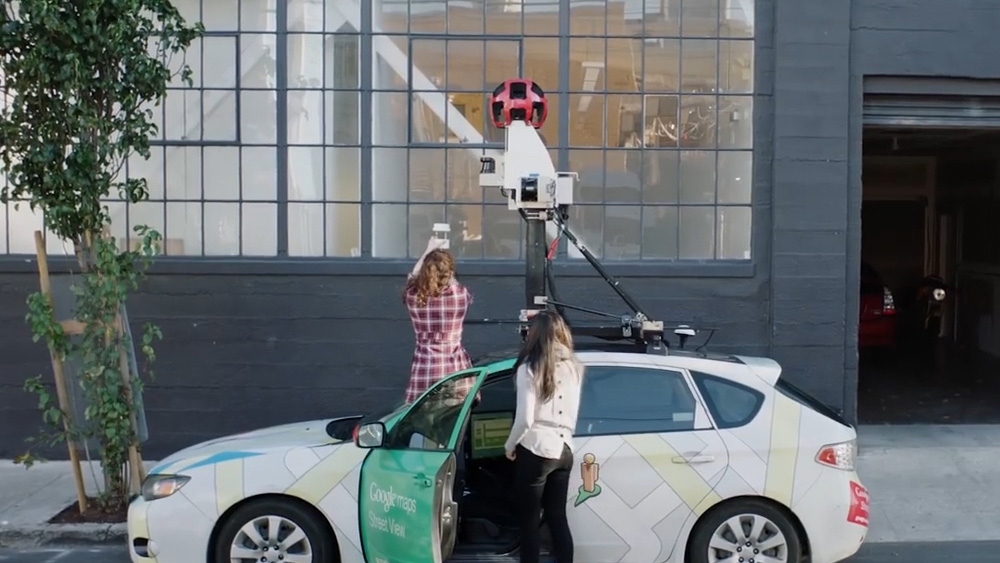Google is teaming up with the Environmental Defense Fund (EDF) to launch a satellite project in March.
The main aim is to collect comprehensive data on methane levels across the world. The new satellite will orbit 300 miles above Earth, completing 15 orbits per day, with a particular focus on monitoring methane emissions from oil and gas plants. Methane is a potent greenhouse gas known to contribute significantly to global warming due to its heat-trapping properties.
Methane is produced through various human activities, including farming, waste disposal, and the extraction of oil and gas. In particular, companies involved in oil and gas operations often burn or vent methane into the atmosphere. The collaborative project between Google and the EDF seeks to address this environmental challenge by utilizing satellite technology and artificial intelligence (AI) tools.
The initiative aims to capture data from oil and gas infrastructure globally, with the collected information processed by Google's AI tools.
The ultimate goal is to generate a comprehensive methane map, highlighting potential leaks in oil and gas facilities worldwide. However, Google clarified that if a significant leak is identified, the information will not be directly relayed to the responsible company. Instead, governments and regulators will have access to the data, empowering them to enforce necessary changes.
The absence of international regulations on controlling methane emissions underscores the significance of initiatives like Google and EDF's collaborative project. While the European Union has introduced proposals to reduce methane emissions, there is no universal framework in place. The EU's measures include requiring oil and gas operators to address and repair leaks, and a ban on flaring in the coal sector within member states from 2025.
Google's methane map, to be published on its Earth Engine platform, will not provide real-time data. Instead, information from the satellite will be transmitted every few weeks. This approach differs from other tracking efforts, such as the European Space Agency's (ESA) Tropomi satellite instrument launched in 2017, which charts trace gases, including methane, in the atmosphere. Tropomi data, used by initiatives like Carbon Mapper, indicated significant methane plumes in Turkmenistan, Russia, and the United States in a 2022 report.
Despite ongoing tracking efforts, methane levels remain a concern, with NASA reporting that human activities have more than doubled methane levels over the past 200 years. Approximately 60% of methane is attributed to human activity, including significant contributions from livestock, particularly cows. The digestive process of cows results in the production of methane through burps and flatulence. According to a 2020 report from the US Environmental Protection Agency, a single cow can produce between 154 and 264 pounds of methane annually, and there are approximately 1.5 billion cows globally raised for meat production.
Satellites are effective in identifying major culprits of methane emissions, such as oil and gas facilities. However, detecting diffuse sources, such as those from agricultural activities, poses challenges. Peter Thorne, a professor of physical geography at Maynooth University in Ireland, highlighted the effectiveness of satellites in pinpointing significant sources but noted the difficulty in identifying more dispersed methane emissions from agricultural sources.
The Google-EDF collaboration reflects the increasing role of technology, AI, and satellite capabilities in addressing environmental concerns. The project aligns with broader efforts to combat climate change by identifying and mitigating methane leaks, contributing to global initiatives aimed at achieving sustainability and reducing greenhouse gas emissions.
Google's collaboration with the Environmental Defense Fund on the satellite project signifies a significant step toward addressing methane emissions globally. By leveraging advanced satellite technology and AI tools, the initiative aims to create a comprehensive methane map, allowing governments and regulators to take informed action. As concerns about climate change and environmental sustainability grow, such collaborative efforts showcase the potential of innovative solutions to tackle pressing global challenges.

Leave your comments
Post comment as a guest